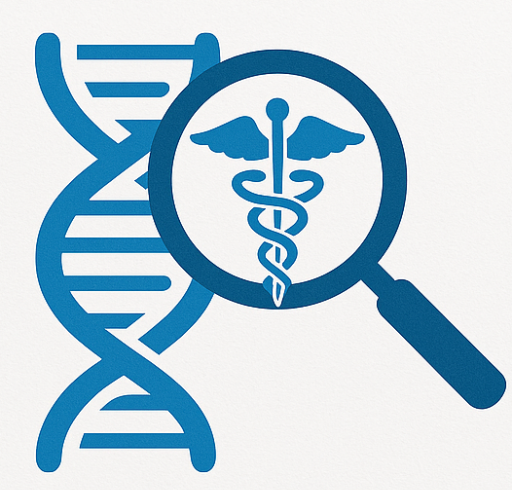🔍 What is KIT?
KIT encodes a receptor tyrosine kinase (also known as CD117) that binds stem cell factor (SCF). It plays a crucial role in hematopoiesis, melanogenesis, and gametogenesis by regulating cell survival, proliferation, and differentiation.
📊 Prevalence of KIT Alterations in Cancer
| Cancer Type | Frequency of KIT Alterations |
|---|---|
| Gastrointestinal stromal tumors (GIST) | ~75-80% (most common driver) |
| Melanoma (especially mucosal and acral) | ~10-20% |
| Acute myeloid leukemia (AML) | ~5-10% |
| Seminoma and other germ cell tumors | Less common |
⚙️ Mechanism of Oncogenic Activation
- KIT mutations typically lead to constitutive activation of the receptor tyrosine kinase without ligand binding.
- Most common mutations occur in:
- Exon 11 (juxtamembrane domain)
- Exon 9 (extracellular domain)
- Less commonly in exons 13 and 17 (kinase domains)
- Activated KIT triggers multiple downstream signaling pathways:
- RAS-RAF-MEK-ERK (MAPK)
- PI3K-AKT-mTOR
- JAK-STAT
This activation promotes cell proliferation, survival, and resistance to apoptosis.
